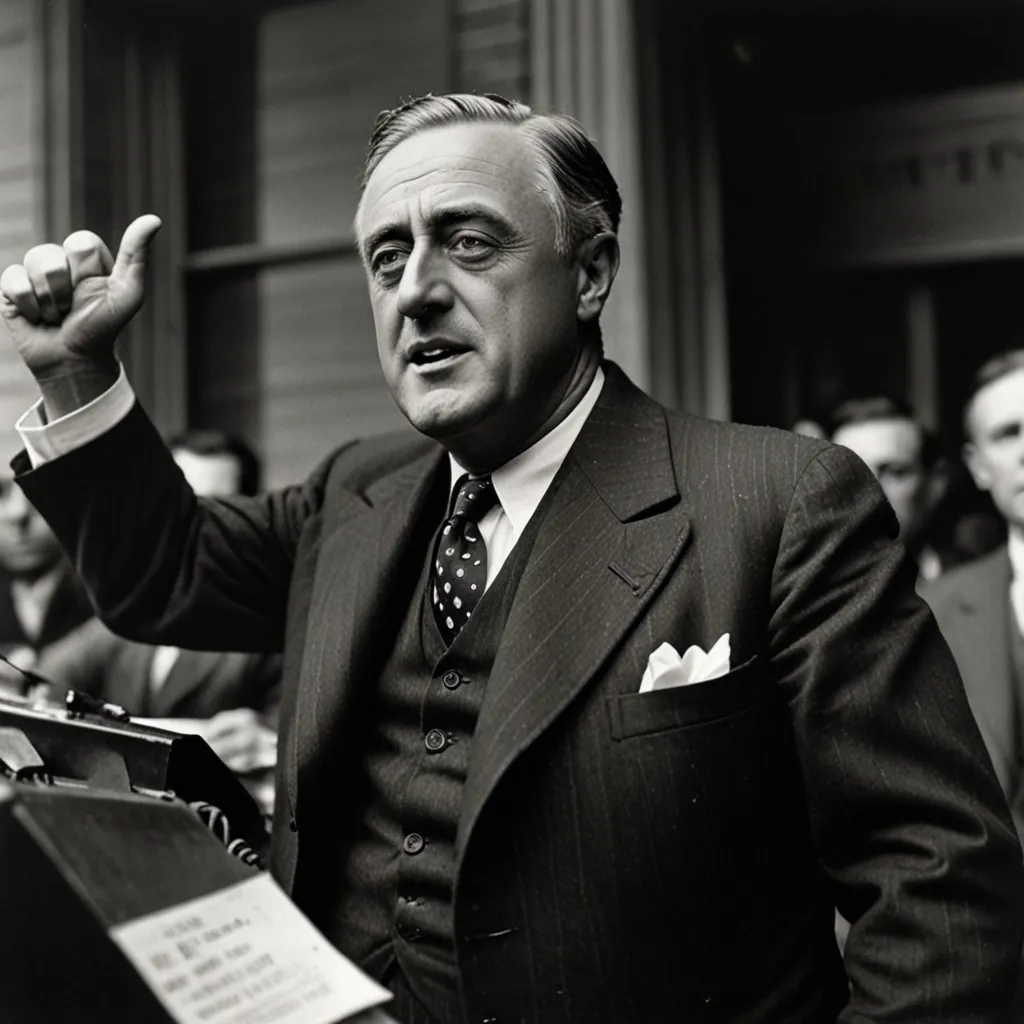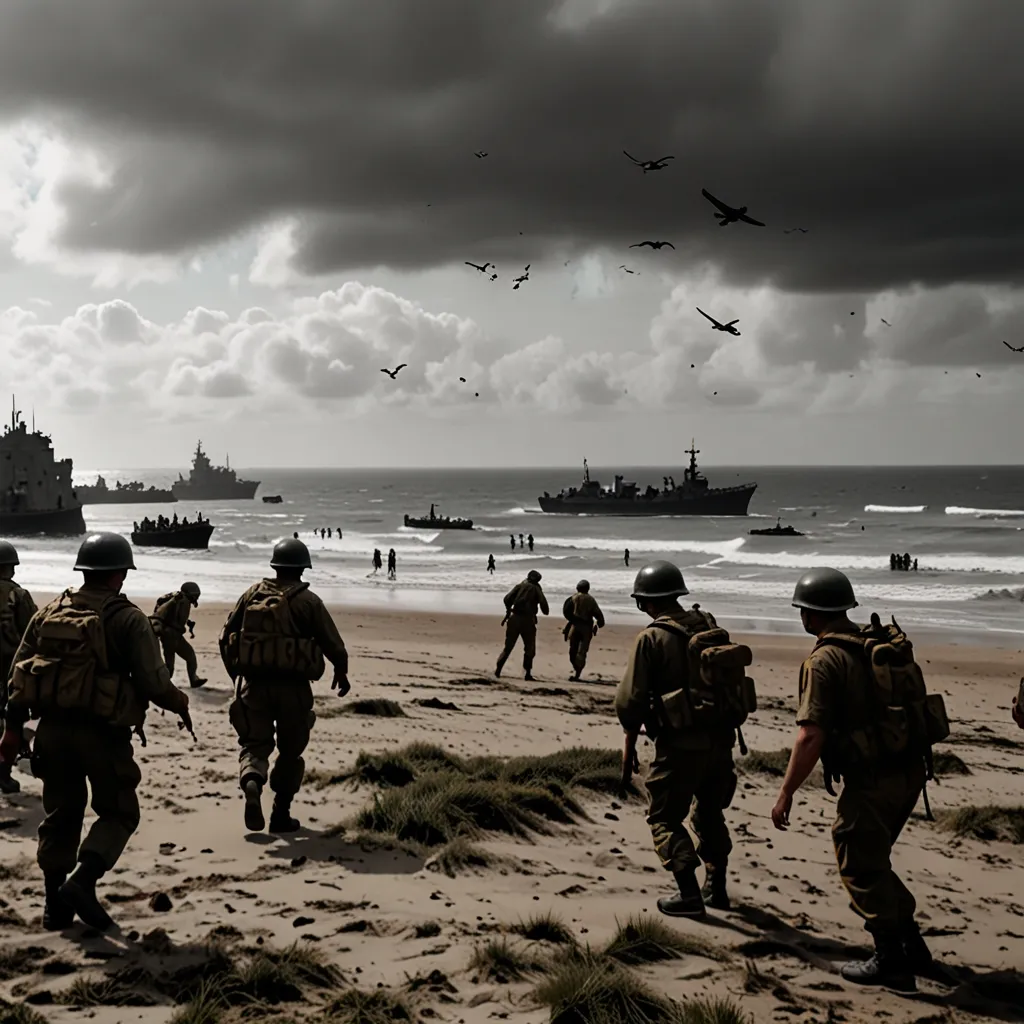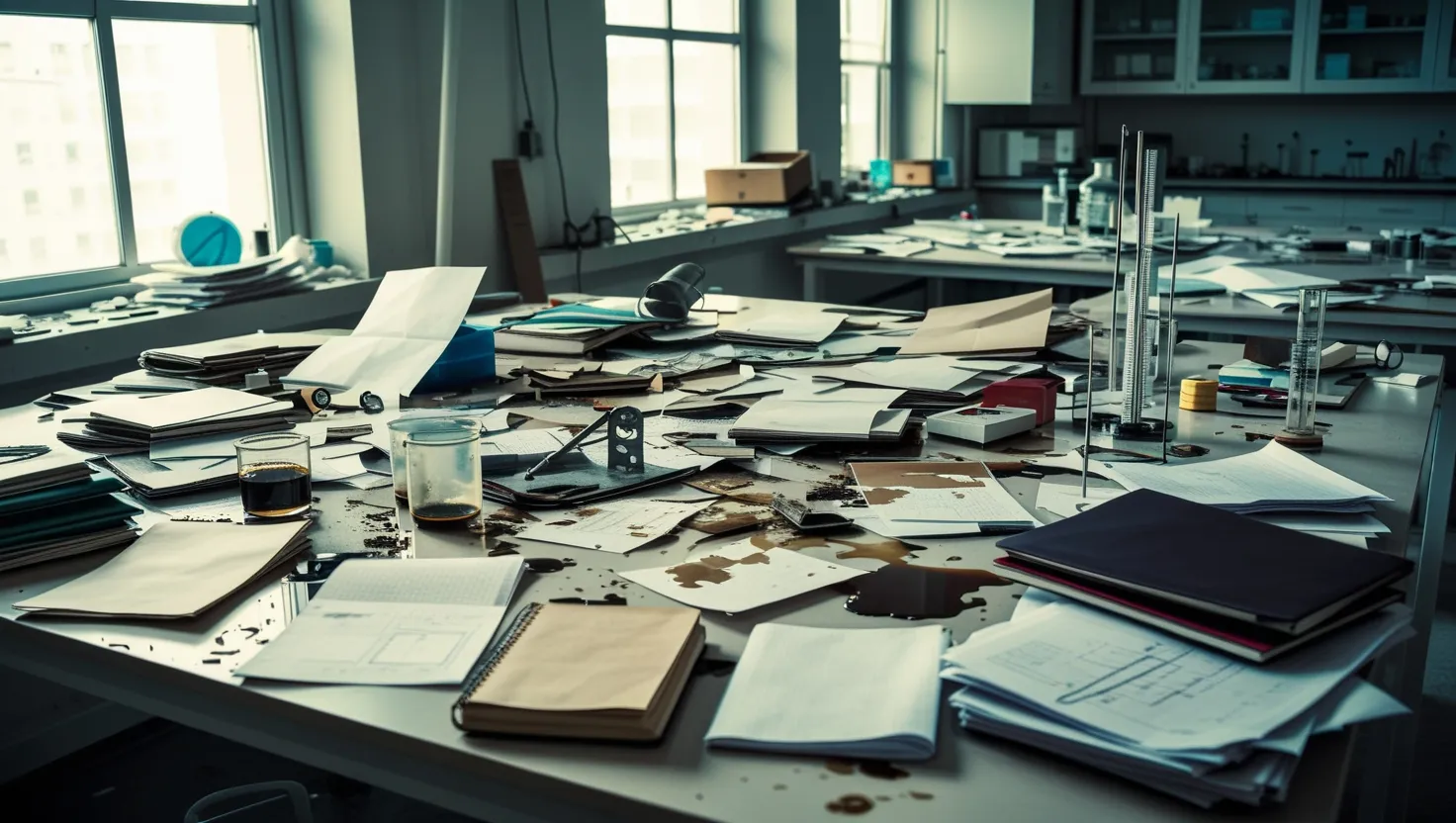When Franklin D. Roosevelt took office in 1933, he faced a nation in crisis. The Great Depression had left millions of Americans without jobs, homes, or hope. In response, Roosevelt launched a series of programs known as the New Deal. This ambitious initiative aimed to provide relief, recovery, and reform to those suffering from the economic downturn.
The term “New Deal” came from Roosevelt’s 1932 speech accepting the Democratic Party’s nomination for president. He promised the American people a new deal, a fresh start to lift the country out of its economic woes. True to his word, Roosevelt’s administration quickly got to work.
The New Deal was divided into two phases: the First New Deal (1933-1934) and the Second New Deal (1935-1938). The First New Deal was a whirlwind of legislative action known as “The First Hundred Days.” During this period, Congress passed numerous laws and created new agencies to address the banking crisis, unemployment, and weak industrial performance.
One of the most notable programs from this era was the Civilian Conservation Corps (CCC). The CCC employed young, single men in federally funded jobs on government lands. They worked on projects like planting trees, building flood barriers, and maintaining forest roads. This not only provided jobs but also helped in national conservation efforts.
Another significant program was the Federal Emergency Relief Act (FERA), which gave federal grants to states for various relief programs. This included funding for government workers’ salaries and local soup kitchens. The National Recovery Act (NRA) was also established during this time, aiming to boost businesses’ profits and workers’ wages by setting industry-by-industry codes for prices and wages.
The Federal Deposit Insurance Corporation (FDIC) was another crucial creation. It guaranteed individuals that their bank deposits would be repaid by the federal government if their bank went out of business. This move helped restore confidence in the banking system.
The Second New Deal continued the momentum with further legislative reforms. One of its most enduring legacies was the Social Security Act of 1935. This act provided unemployment insurance and social security taxes on payrolls and paychecks, ensuring a safety net for Americans in need.
The Works Progress Administration (WPA) was another key program. It gave jobs to millions of Americans through various projects, including construction, arts, and literature. The WPA’s construction projects alone produced over 650,000 miles of roads, 125,000 public buildings, 75,000 bridges, and 8,000 parks.
The New Deal also focused on labor law reforms. The National Labor Relations Act of 1935 reaffirmed workers’ right to collective bargaining and established the National Labor Relations Board (NLRB) to enforce these rights. The Fair Labor Standards Act of 1938 set a national minimum wage and outlawed child labor.
In addition to these measures, the New Deal included significant housing reforms. The National Housing Act of 1934 created the Federal Housing Administration (FHA) to guarantee mortgages with banks. This helped stabilize the housing market and provided affordable housing options for many Americans.
The New Deal’s impact was profound. It reshaped American political culture by establishing the principle that the government is responsible for the welfare of its citizens. Before the New Deal, national political debates often centered on whether the federal government should intervene in the economy. After the New Deal, the debate shifted to how it should intervene.
While the New Deal did not single-handedly pull the United States out of the Great Depression—World War II’s massive military expenditures ultimately did that—it laid the groundwork for modern social welfare systems. The New Deal’s legacy can be seen in many of today’s government programs and policies, from social security to labor laws and housing regulations.
In summary, the New Deal was a series of programs enacted by President Franklin D. Roosevelt to combat the Great Depression. It expanded the federal government’s role in the economy and provided relief, recovery, and reform to millions of Americans. The New Deal’s impact on American history is undeniable, shaping political culture and setting a precedent for government intervention in economic affairs.






